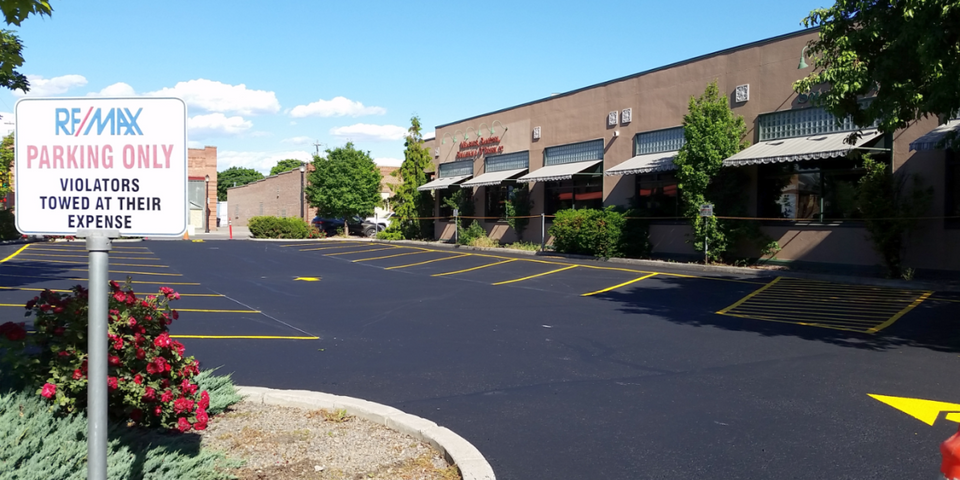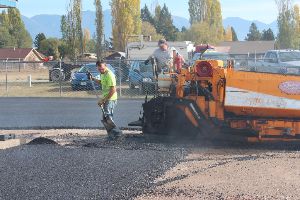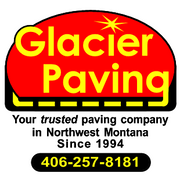
Cold weather is harsh on paved surfaces like parking lots. After a long winter, spring is the time to identify damage and make repairs. Here’s what you should look out for and how to address each type of damage.
Effects of Snow and Cold
When water freezes, it expands. If water seeps into small cracks and depressions in asphalt, and then the temperature drops, the expansion of the water can create larger fissures throughout the material. Worse, the water may melt again the next day when exposed to the sun, then freeze the next night, forcing cracks even wider. This freeze and thaw cycle can create large, noticeable cracks over time and can even lead to crumbling pavement and potholes. The more cracks there are, the more vulnerable the pavement is to future water infiltration, and the faster it will deteriorate.

Meanwhile, working to get rid of snow in your parking lot can sometimes cause other types of damage. Snow plowing and shoveling may lead to scrapes and gouges that disrupt the pavement’s sealing and let more water in. Road salt can also corrode the surface, which will get gradually lighter as it ages. This light color indicates that the asphalt is growing more brittle, so weight, impact, and erosion are more likely to damage it.
What to Do About It
This spring, look over your parking lot carefully for cracks, holes, and gouges. Have them repaired now to help prevent them from expanding in the future. Also, schedule sealing about once every two or three years. This makes the surface of the parking lot more water resistant, fills micro-fractures, and keeps the asphalt flexible so it’s more resilient.
For parking lot repairs and repaving, choose Glacier Paving in Kalispell, MT. Serving the Flathead Valley for almost 30 years, these experienced contractors are fully licensed and insured, and they're happy to discuss options to help you find the most cost-effective paving solution. For a free estimate, call (406) 257-8181 or reach out online.
About the Business
Have a question? Ask the experts!
Send your question

